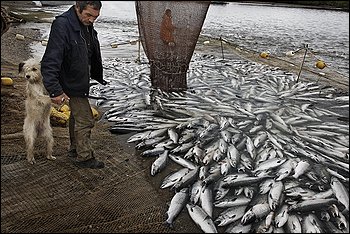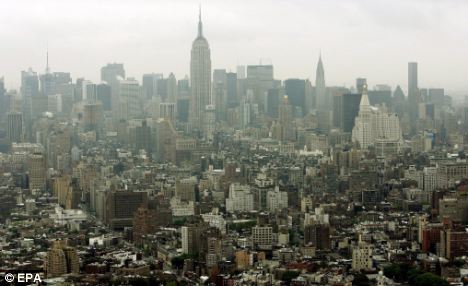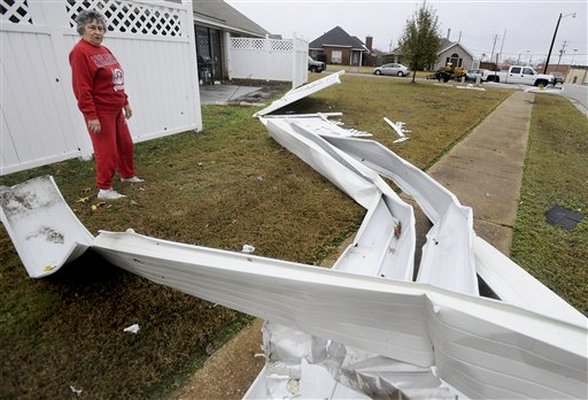
© Randy Olson/National Geographic Stock
Global fisheries have expanded so rapidly over the past half-century that the world is running out of places to catch wild fish, according to a
new study conducted by researchers in Canada, the United States and Australia.
The findings, published Thursday evening in the online journal
PLoS ONE, are the first to examine how marine fisheries have expanded geographically over time. Looking at fleets' movements between 1950 and 2005, the five researchers charted how fishing has been expanding southward into less exploited seas at roughly one degree latitude each year in order to compensate for the fact that humans have depleted fish stocks closer to their shores in the Northern Hemisphere.
During that same period the world's fish catch increased fivefold from 19 million metric tons in 1950 to a peak of 90 million in the late 1980s, before declining to 87 million tons in 2005. It was 79.5 million tons in 2008, according to the U.N. Food and Agriculture Organization, the most recent year for which figures are available.
Daniel Pauly, a co-author who serves as principal investigator of the Sea Around Us Project at the University of British Columbia Fisheries Centre, said the global seafood catch is now dropping "because there's essentially nowhere to go." The fact that fish catches rose for so many decades "looks like sustainability but it is actually expansion driven. That is frightening, because the accounting is coming now."


